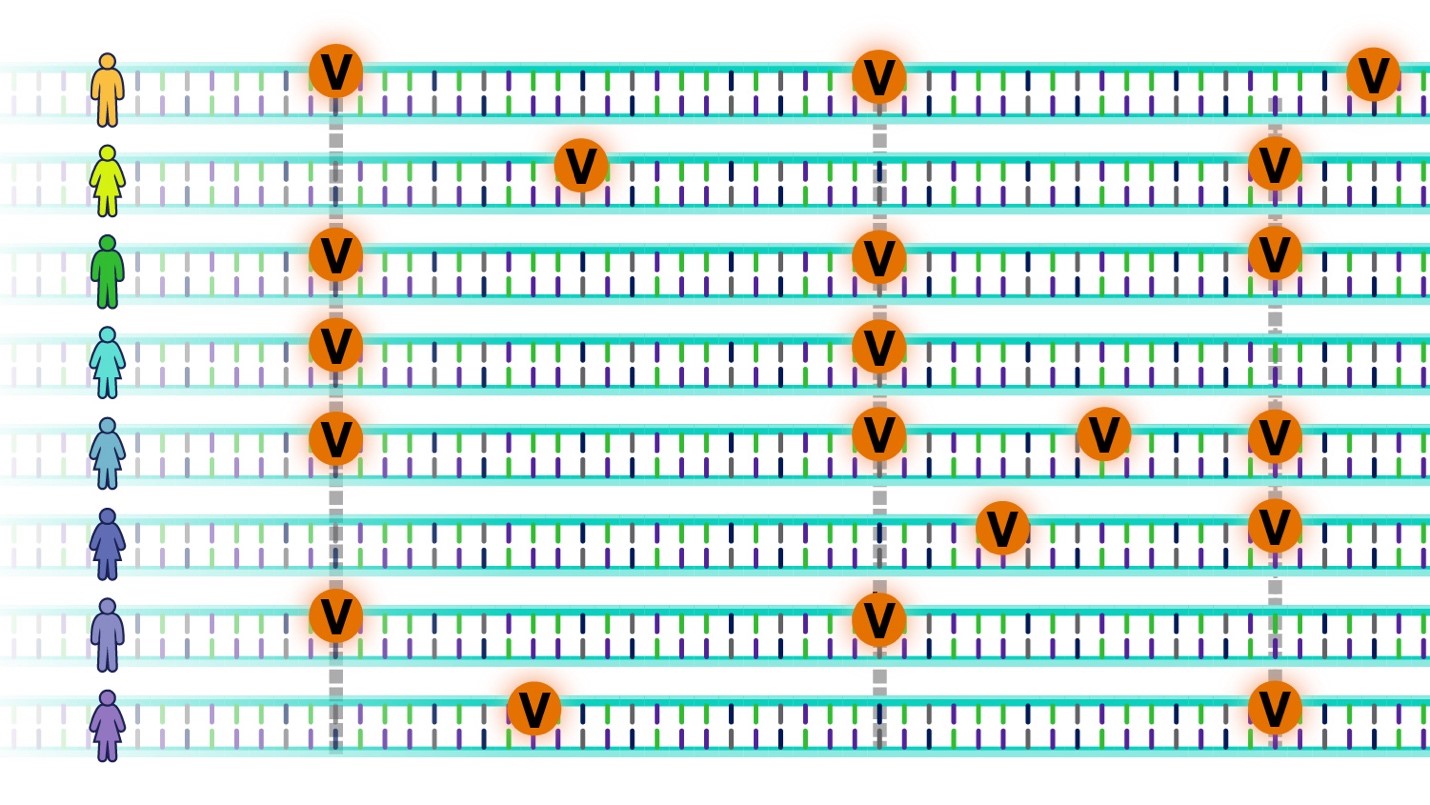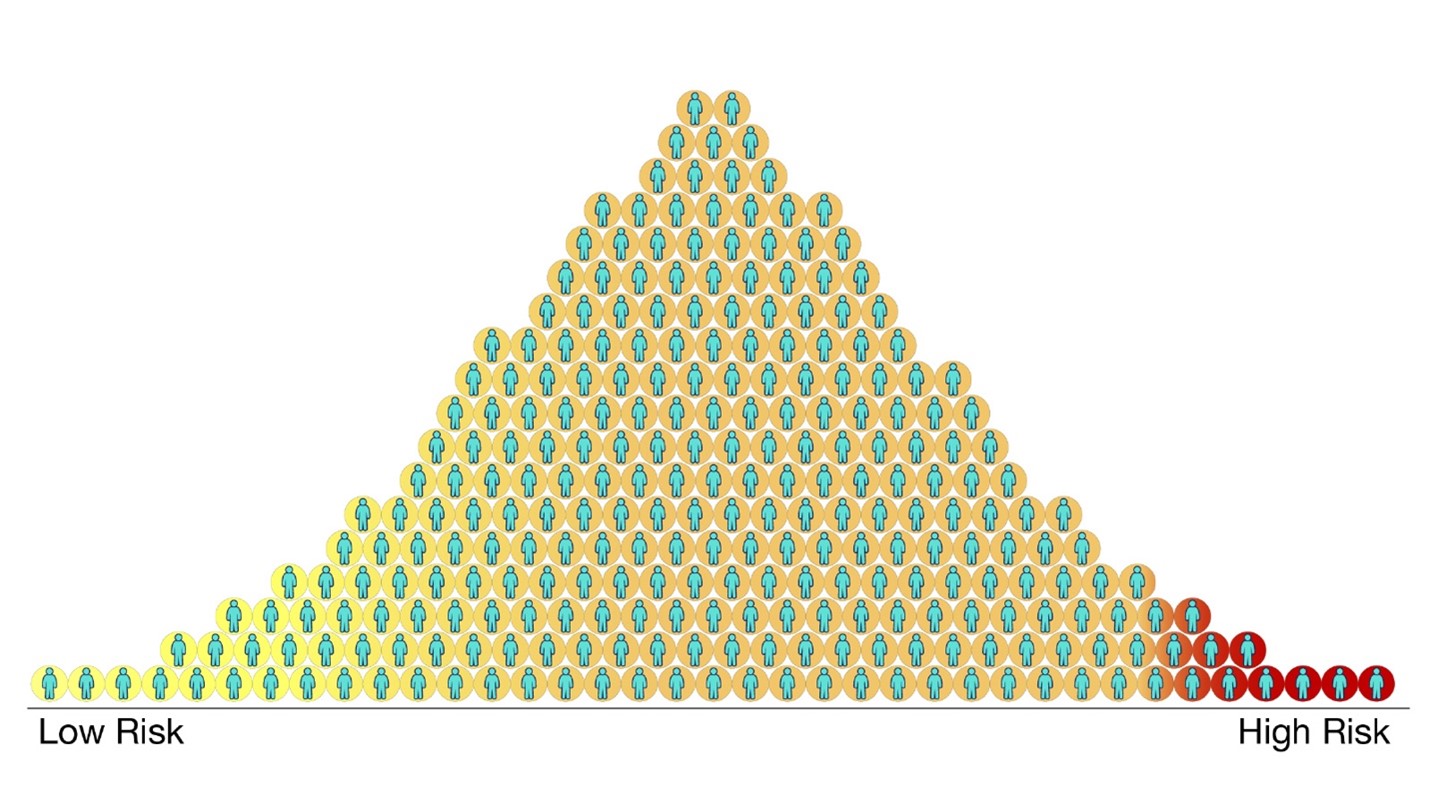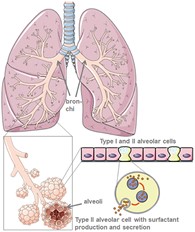Anna Green is graduating this week with BSc in Psychology. Here she tells her story of her struggles with mental health growing up, her unconventional education path, and how Birkbeck’s Disability Service was instrumental in her ADHD diagnosis and her achieving a First-Class Honours. This is her #BBKstory.
I grew up in a working-class family, as an only child to a single mother. We moved around a lot, and I went to four primary schools in different parts of the country so I had a very disrupted education which lacked routine and consistency. I think this had quite a big knock-on impact as I found secondary school hard and I struggled to fit in. As a teenager, I could barely concentrate, got into fights with other children and by the age of fourteen was struggling severely with my mental health. Everything became overwhelming, which led to me spending four months in a mental health unit, and later that year, I lost my father to cancer. By the age of fifteen I had left mainstream education for good.
Aged 19, the opportunity to study GCSE’s and A-Levels at college arose and I studied for six GCSEs and two AS Levels. However, I lacked in direction and motivation, and abandoned education once again, working in hospitality until the age of 23 when I decided to give it another shot. I took a free, online Open University access course in People, Work and Society and once I completed that was delighted when Birkbeck accepted my application to study BSc Psychology. I knew psychology was the course I wanted to study because my teenage years were defined by my battles with mental health and I’ve always wanted to use my experiences to help other people going through similar challenges.
University was a turning point for me, as it was when I established my identity and got to know myself a bit more. It was a relief to be settled somewhere and be independent. I made friends quickly through group projects and I really enjoyed being around a range of people from interesting backgrounds. Being in the centre of London, with the British Library and nice pubs in Bloomsbury, meant I could socialise easily with people on my course. My days were busy but rewarding: I spent a few days a week working as a support worker for people who had acquired brain injuries, which was relevant to my degree and an opportunity that I stumbled across at Birkbeck’s annual Careers Fair. I also volunteered for Childline as a counsellor and tutored primary school children maths online through the pandemic. The great thing about Birkbeck is that it really allows you to balance work, volunteering and studying.
Unfortunately, in my second year, I began to struggle in familiar ways. The lack of focus was something I knew went beyond just a disrupted education and at times, an unstable childhood and I was finally diagnosed with attention deficit hyperactivity disorder (ADHD). I found my diagnosis helped me understand myself, but I did find it hard to accept for about a year. I applied for Disabled Student’s Allowance and was granted weekly study skills support and a mentor. Mark Pimm, Birkbeck’s Disability Service Manager, was so supportive and oversaw this process and advocated for me to receive all the help possible, such as deadline extensions; extra time in exams; useful computer software and equipment; study skills support; and a mentor. With the help of Birkbeck’s Disability Service, I was able to graduate with a First-Class Honours in Psychology.
I am grateful to Birkbeck for normalising mature study, providing opportunities for those who may not have perfect grades and factoring in a person’s life experience when accepting applicants. I have met some wonderful people who I’m still in touch with now, and I’ve learned that there is no time limit on education, and sometimes it’s best to wait until you feel ready to give it a go. In future, I would like to do a Master’s in Forensic Psychology and get a place on the Doctorate in Clinical Psychology. I couldn’t recommend Birkbeck enough to any mature student and my confidence has transformed over the last three years.
Further information






